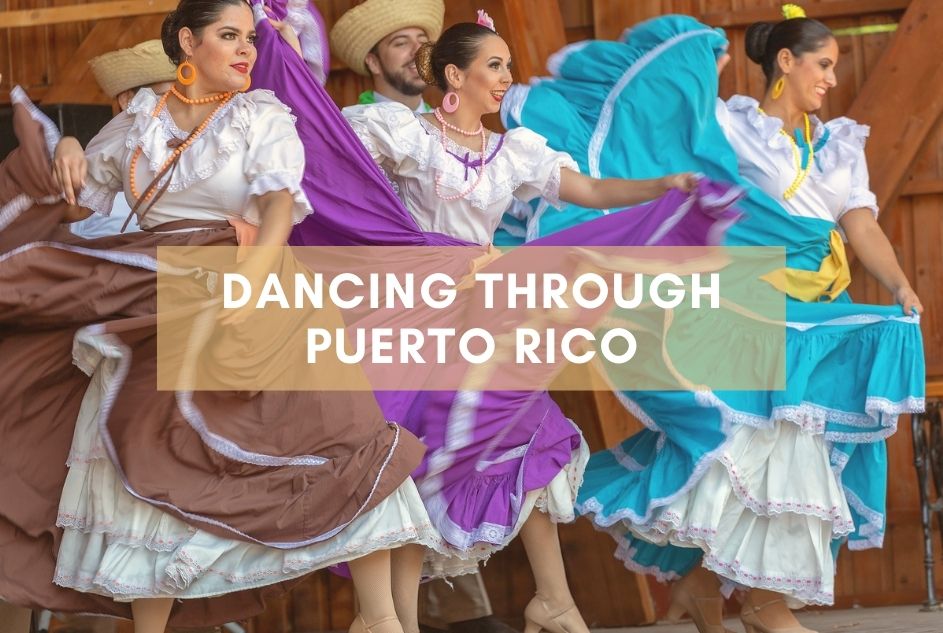

Traveling to Puerto Rico for New Year’s? You should pack comfortable shoes. Chances are you’re going to need them for more than walking. In Puerto Rico, where there’s music, there’s dancing.
Puerto Ricans dance at the corner bar with no dance floor, at private family gatherings, at the beach under the hot island sun, at prestigious nightclubs and world class hotels. Whether the music comes from a small battery-operated radio, jukebox, live band or DJ, if there’s music playing, sooner or later someone will be dancing to it.
Music and dance are tightly woven into the fabric of Puerto Rican society. They’re fundamental expressions of the island’s culture and heritage and of the people’s vibrancy and flair for fun. Puerto Ricans love to dance, and they’re notoriously good at it.
If you want to enjoy your New Year’s stay in Puerto Rico to the fullest, take a class or two—in person or on YouTube—before your trip to at the very least get familiar with some of the music and steps. Also consider taking a class while on the island. Ask around, search online or ask the concierge at your hotel for nearby classes.
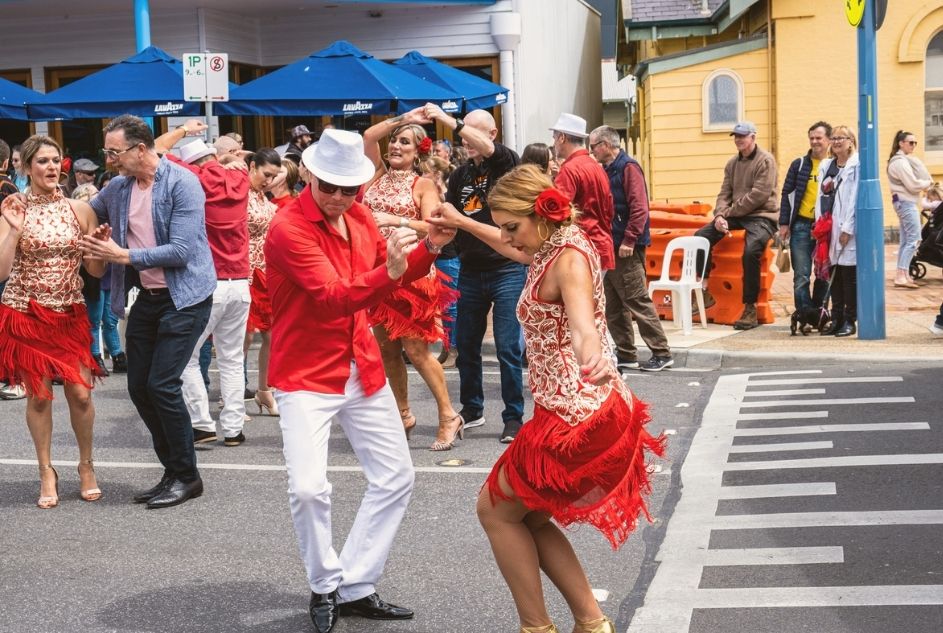

Music and Dances of Puerto Rico
Puerto Rico’s music is the result of the diverse people that have inhabited the island for centuries: Taino natives, Spaniards and other Europeans, Africans and Americans. The most popular music and dances are salsa, merengue, cha cha cha, reggaeton, bomba, plena and danza.
Salsa
Salsa is the Spanish word for sauce, which is fitting for a spicy type of music and dance that blends diverse Caribbean and African beats and rhythms. Salsa was developed by Puerto Ricans and other Latin-Americans living in New York during the late 1960s and early 70s. The music can be very fast or somewhat mellow, played by small bands or large orchestras.
Salsa is a sexy dance that requires energy, confidence and good timing. It incorporates fast footwork, turns and hip swaying over eight counts that involve six moves and two pauses in a 1-2-3-pause, 5-6-7-pause pattern. The two basic steps are the forward and backward steps.
Areas with an active nightlife such as Old San Juan, La Placita de Santurce, Calle Loíza, Condado and Isla Verde have many hot spots where you can dance salsa every night.
How to Salsa: The Basic Salsa Step
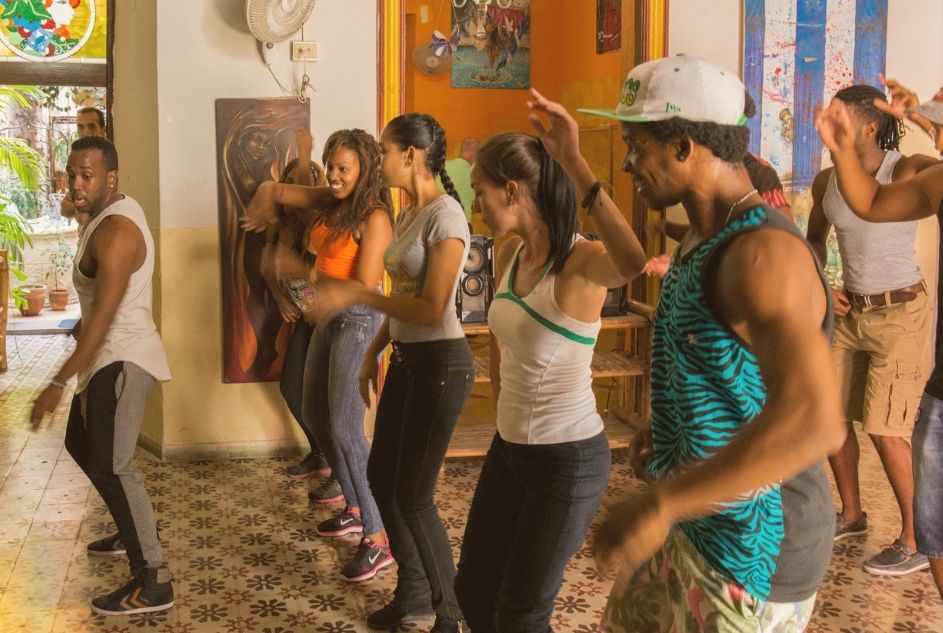

Merengue
Merengue was born in the Dominican Republic more than 200 years ago. With its side-to-side step, it is considered the easiest Latin dance to learn, though the intense twisting of the hip can be challenging.
A couple begins by standing in waltz position. The man steps to his left in what is called the chase step then drags the right leg to meet the left leg. There are different stories about the origin of the leg drag. One is that a pirate had to drag his wooden leg while dancing merengue on the beach. Another story claims that the drag step was originated by slaves who were chained together by the ankle in a way that forced them to drag their right foot.
Merengue is fast, super fun and contagious. You can’t listen to this music and not want to move. Luckily, the steps are so simple that anyone can do them.
How to Dance Merengue for Beginners
Cha-Cha-Cha
Cha-cha-cha, which originated in Cuba in the 1950s as a spinoff of mambo, has the reputation for being one of the most amusing and flirty ballroom dances. This dance features slower footwork and hip swaying over three full beats and two half beats in a 1-2-3-cha-cha-cha pattern. The dance is named after the scrapping sounds produced by the dancers’ feet.
How to Cha-Cha Dance for Beginners
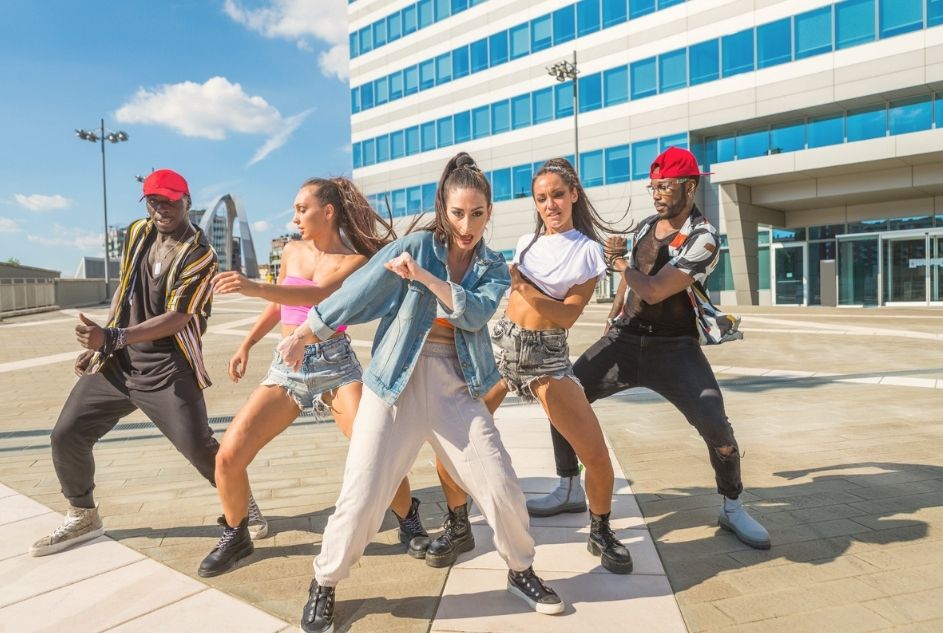

Reggaeton / Perreo
Reggaeton was born in Puerto Rico in the late 1990s, influenced by American hip hop and Caribbean dance moves. It quickly went global thanks to artists such as Daddy Yankee, Wisin y Yandel, Nicky Jam and Don Omar.
The music’s heavy percussive beat, marked by the bass, is called dembow riddim, which was created by Jamaican dance hall producers in the late 1980s and early 90s. It is this distinctive beat that makes you want to get up and dance, whether you know how to or not.
Reggaeton artists usually alternate rapping with singing and follow a verse-chorus-bridge pop structure. The songs are about inner-city life with themes such as poverty, violence, love, sex, money and drugs. They typically feature a hook that is repeated throughout the song.
The dance associated to reggaeton is called perreo. It’s a very sensual dance that focuses on grinding with partners either facing each other (front to front) or with one partner facing the back of the other (back to front, with the male usually behind the female). Reggaeton dancing often shocks observers as being too sexual; however, many get over it and give into the irresistible beat.
How to Do Easy Reggaeton Partner Moves
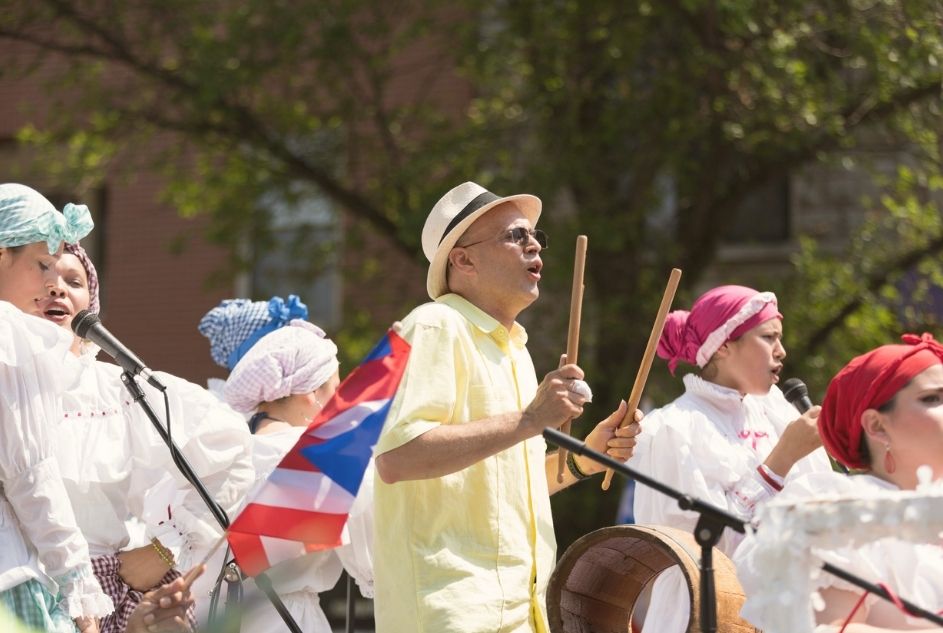

Bomba, Plena and Danza
Bomba is an Afro-Puerto Rican style of music and dance that is traditionally played by two or more drums guided by the feet of a single dancer. It’s best described as a dialogue between the dancer and the drummers, where the dancer approaches the musicians with steps called piquetes that create a rhythmic discourse. In bomba, the musicians follow the dancer.
Puerto Rican Bomba Music and Dance
Plena is Puerto Rican folk or jibaro music that is usually associated with the Christmas and New Year’s holidays. The beat of the plena is played with handheld drums called panderos (tambourines without jingles), often accompanied by cuatro (a small Puerto Rican guitar), maracas, güiros, congas and timbales. The songs are about the struggles and burdens of working class Puerto Ricans on the island and those who have migrated to the U.S. mainland. In plena, the dancers (normally in pairs) follow the music.
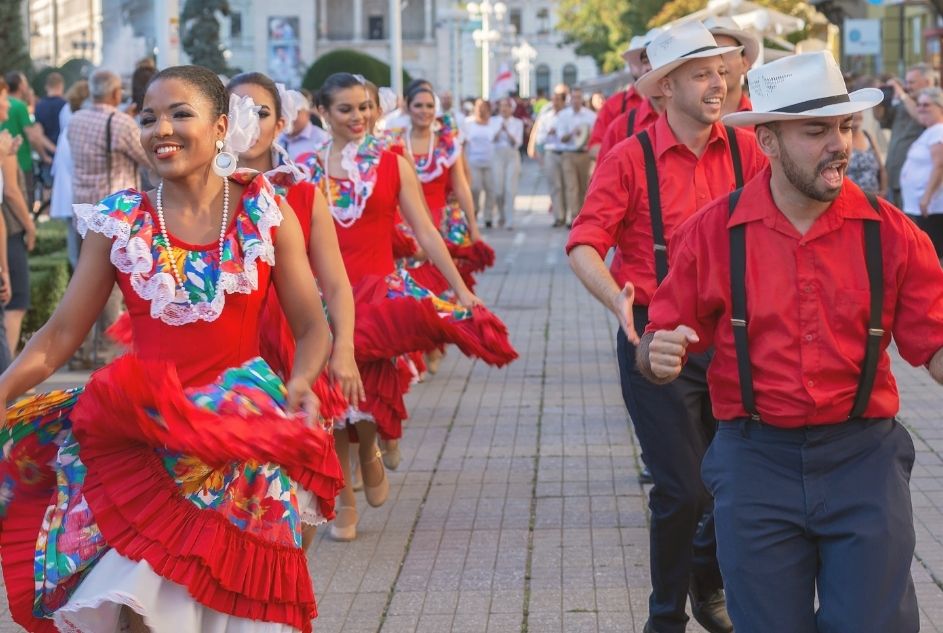

In contrast to bomba and plena, danza was the dance of the elite in its heyday: mid 1800s to early 1900s. It was the stuff of elegant ballrooms. Similar to European dances and particularly influenced by the Cuban contradanza, the danza is a rigid dance with very specific movements and patterns. A lead dancer, usually the male, leads the female around the dance floor. Puerto Rico’s national anthem, “La Borinqueña,” is a danza.Traditional Puerto Rican Danza
